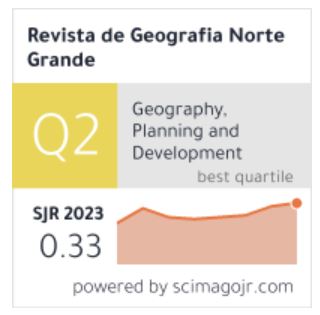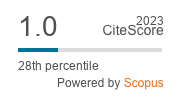Segregación residencial y nichos étnicos de los inmigrantes internacionales en el Área Metropolitana de Santiago.
DOI:
https://doi.org/10.4067/S0718-34022008000100003Keywords:
International migration, residential segregation, economic nichesAbstract
Despite the relatively small number of immigrants, census data indicate that international migration to Chile is increasing since the early 1990s. Chile appears to present an “intervening opportunity” in the migrants’ decision-process. In 2002 only 2% of the Santiago Metropolitan Area population born abroad a figure much lower than the one registered in European cities. Even though 50% of the international migrants live in five of the thirty-four communes, Santiago shows few evidences of residential segregation. This homogeneity in the spatial distribution is not reflected in the labour market. In the Santiago Metropolitan Area, like in most global cities, two major streams of immigrants can be found in the job market: on the one hand those who belong to the upper levels of the occupational hierarchy and on the other hand marginalized low-skill employees






